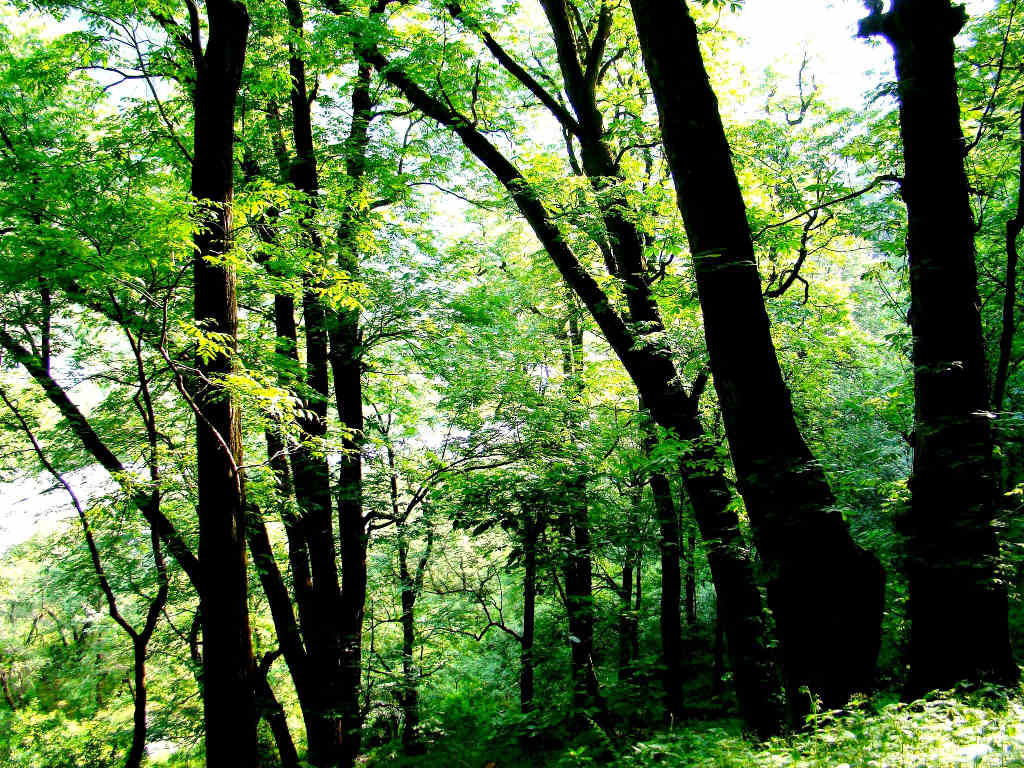
Rock and Soil
Rock and Soil of GHNP
The rock and soil of GHNP (Great Himalayan National Park) play a vital role in shaping its rich biodiversity and landscapes. GHNP’s geology is made up of a variety of rock types, including quartzites, schists, phyllites, dolomites, limestones, shales, slates, gneisses, and granites. These rocks influence the soil types found across the park, directly impacting vegetation patterns and ecological balance.
Hard rocks like quartzites and gneisses form the park’s rugged terrain, while softer rocks such as schists and phyllites break down to create finer soils in valleys and slopes. Limestones and dolomites add essential minerals to the soil, supporting a wide range of plant species, from coniferous trees to broad-leafed forests.
The soils of GHNP vary with elevation—thin and rocky at higher altitudes, and deeper, more fertile in mid to lower zones. These soils help sustain a diverse range of flora, including deodar, oak, rhododendron, and medicinal plants. They also influence water retention, erosion patterns, and wildlife habitats.
In short, the rock and soil of GHNP are the foundation of its natural ecosystem, supporting everything from towering forests to alpine meadows. Understanding this geology is essential for conservation, research, and responsible ecotourism in the park.
Quartzites, being hard and resistant, break down slowly and produce sandy soils, which are often found on steep, well-drained slopes. In contrast, rocks such as granites, schists, shales, and gneisses weather more easily and result in the formation of loamy and sandy-loam soils, which support richer vegetation.
The physical composition of soil—its texture, structure, and drainage capacity—is primarily influenced by the type of underlying rock. However, the mineral content and organic matter in the soil are largely determined by additional factors like climatic conditions, rainfall, altitude, and vegetation cover. For instance, areas with dense forest cover contribute to higher organic content, while high-altitude zones with sparse vegetation have thinner, less fertile soils.
This intricate interaction between rock, soil, climate, and vegetation creates unique ecological zones within GHNP. These zones range from moist temperate forests in lower elevations to alpine meadows at higher altitudes, each supported by its specific soil type.
In essence, the rock and soil of GHNP are key drivers of biodiversity, influencing not just what grows where, but also how plant and animal life thrive within the park’s fragile Himalayan environment.
Alluvial soils are the result of erosion, mainly by water and landslides, during which weathered material is transported and deposited away from its point of origin. Such soils are found along riverbanks and in river basins. Underlying rock plays barely any role in influencing the vegetation found on alluvial soils.
Podsolic soil generally supports conifers in the Himalayas. Acidic by nature, it is covered with a thick layer of humus which does not decompose due to low temperatures and short summers.
Brown forest soil is formed under broad-leaved vegetational cover. Its humus is PH neutral and it does not form thick layers.
Conclusion
The diversity of soils in GHNP—from alluvial and podsolic to brown forest—directly influences its vegetation patterns. Understanding these soil types helps explain the park’s rich biodiversity and the adaptation of different plant communities to their specific ecological conditions.





